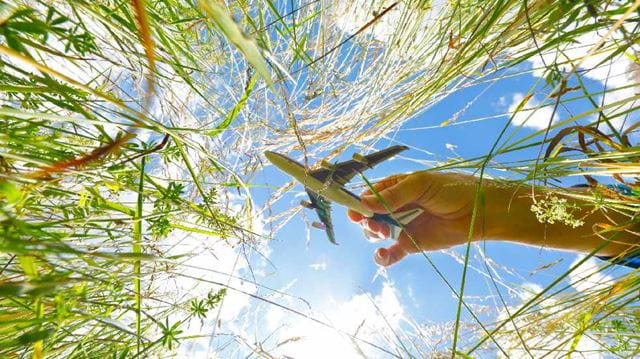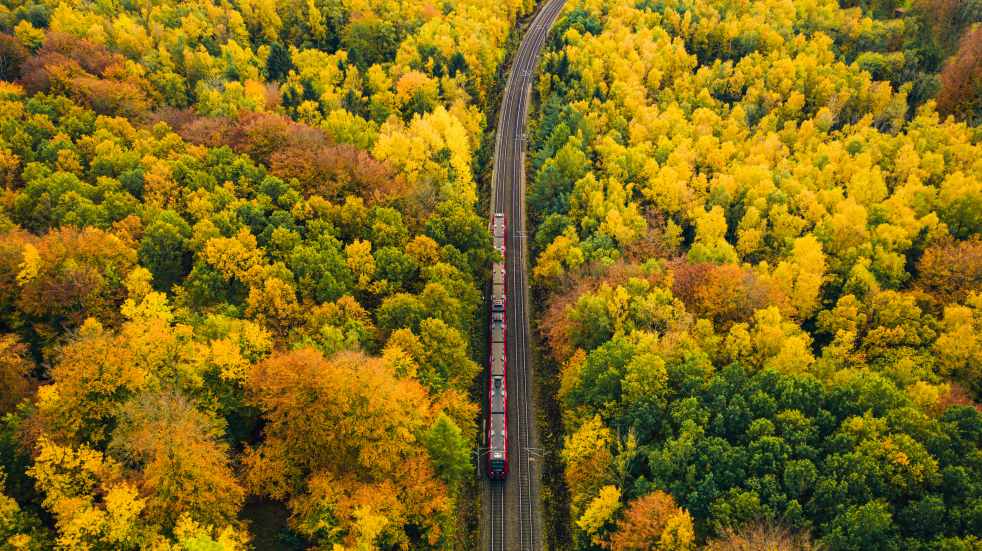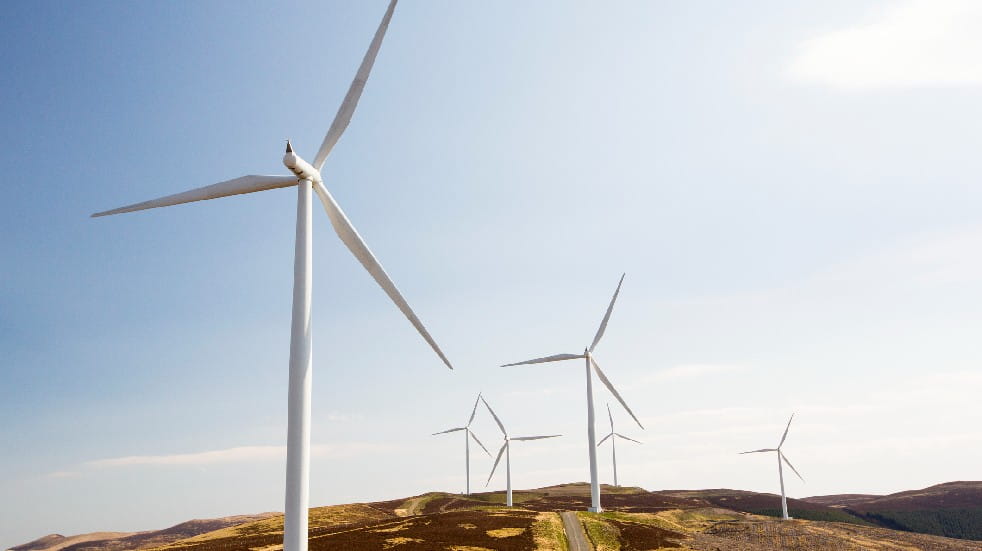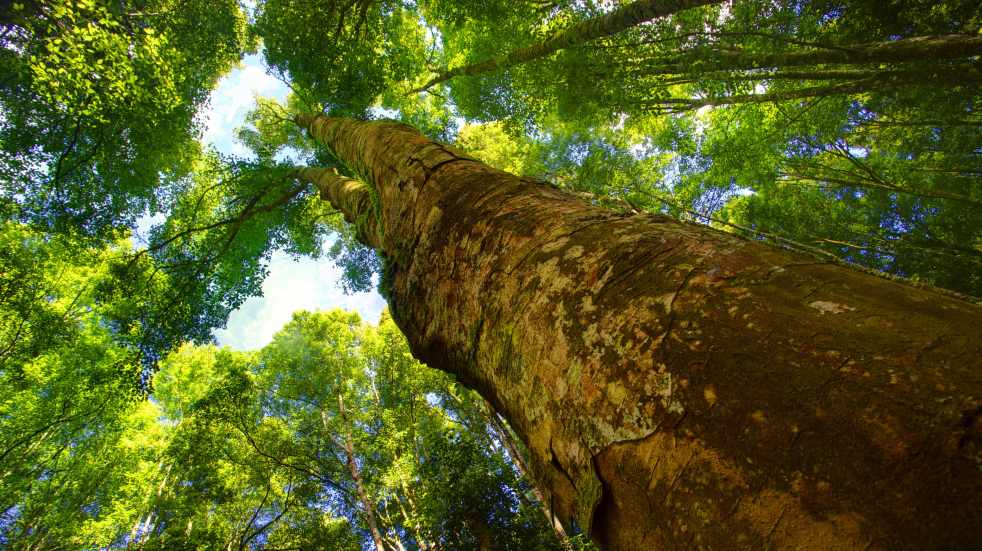
Does offsetting mean we can travel with a clear conscience?
Much as most of us love to travel, we can no longer ignore its impact on the environment. This is particularly the case if you journey by plane, of course – air travel generates 2% of global carbon emissions each year – but other aspects of holidays, particularly food and accommodation, have an impact, too.
Swapping plane journeys for train travel can make a difference – but there’s no train to New York, and cruise ships can generate more CO2 than flying, so how do you reduce the carbon footprint of a long-haul flight?
You’ve no doubt come across carbon offsetting touted as a possible solution. This means, in a nutshell, that for every ton of carbon that you generate, you pay for an activity such as tree planting or carbon capture, which removes that same amount of CO2 from the atmosphere. Problem solved, right?

Well, not quite. Not all of these schemes actually work. Tree planting is a popular offsetting solution, but sticking thousands of identical trees – monocrop planting – in the wrong environment is worse than doing nothing at all. Such schemes are expensive, carbon intensive to set up, and often fail after a few years.
What does work is natural forest regeneration – helping forests regrow with a mix of tree species, undergrowth and ‘wildness’, which can include tree planting. Research by UCL and University of Edinburgh scientists shows that natural forests could sequester as much as 40 times as much CO2 as plantations of commercial trees. This is also cheaper, supports local communities and creates better habitats for animals and insects. But natural regeneration is harder to quantify than monocrop planting, so it’s harder to sell this possibility.

As for carbon-capture technology, this sucks CO2 out of the atmosphere and mixes it with water underground, where it eventually turns into a mineral. But it is energy intensive and can only work in places with the right geology and excess renewable energy. At the moment, it is a relatively small-scale business – for example, the Climeworks (climeworks.com) Orca plant in Iceland will ‘fix’ just 4,000 tonnes a year when operating at full capacity.
So is offsetting useful?

Justin Francis, CEO of Responsible Travel (responsibletravel.co.uk), believes that carbon offsetting is just a way to make people feel better, and that we need to change the behaviours of consumers and travel companies instead. In this view, carbon offsetting is a bit like going for a run after eating five Big Macs – it’s far better if you don’t eat the Big Macs in the first place.
Dr Richard Milburn, an environmental security expert at King’s College London, agrees, but says: “People are not going to stop flying immediately. We need to help them change their behaviour and limit the damage in the meantime. Good carbon offsetting could work. It’s not perfect, but it changes behaviours and slows negative consequences.”
With all of this, it’s easy to forget there are positive aspects to travel. Tourism can help us protect nature, too. For example, the money from visitor permits in the Democratic Republic of Congo has led to sustainable, community-led projects like the Pole Pole Foundation, recently nominated for the Earthshot Prize as a result of its work to protect the rainforest and the gorillas that live there.
So, what’s the answer? Carbon offsetting can play a part in reducing the carbon footprint of that long-haul flight, but there is no point in taking it up and otherwise behaving as before.
Fortunately, we can travel in ways that fund habitat protection and change our travelling habits to be more sustainable and reduce our carbon footprint. The question is: will we choose to do it before it’s too late?
6 ways to travel more sustainably
- Book with companies such as Responsible Travel (responsibletravel.co.uk) that focus on reducing carbon footprints.
- Travel by train in the UK and to Europe, wherever possible. Never fly within the UK.
- Eat local food. Air freighted soft fruit has 10 times the carbon footprint of the same fruit grown in the UK.
- If you must fly long haul, make it a rarity and stay longer at your destination. Take direct flights wherever possible, as most emissions are produced during take-off and landing.
- Look for offsetting schemes that focus on restoration and community involvement, not just replanting. Check out the Pole Pole Foundation (polepolefoundation.org), Mossy Earth (mossy.earth) or Rewilding Britain (rewildingbritain.org.uk).
- Look for schemes accredited by Verra (verra.org), The Gold Standard (goldstandard.org), The Carbon Trust (carbontrust.com), The Climate Action Reserve (climateactionreserve.org) or the UK & EU Emissions Trading Scheme (gov.uk).
Do more with Boundless
If you are a public sector worker, you can make some fabulous year-round savings on holidays, motoring services, insurance, shopping and much more by joining Boundless. To find out more, visit our dedicated membership page.

